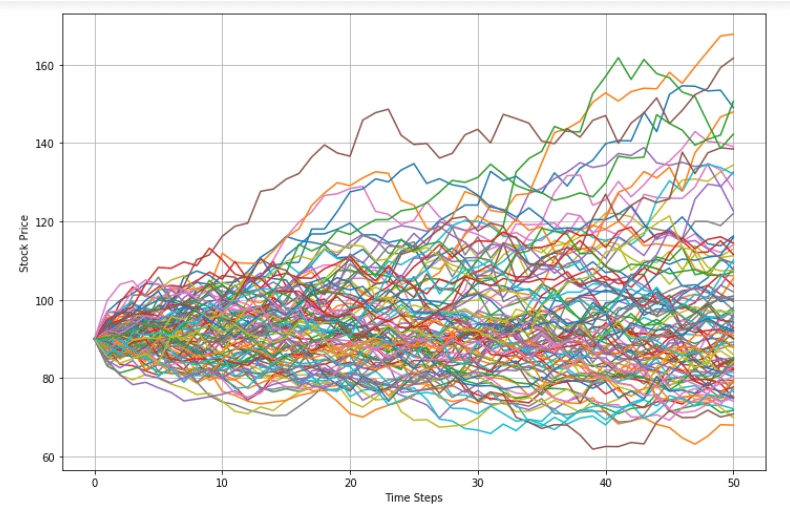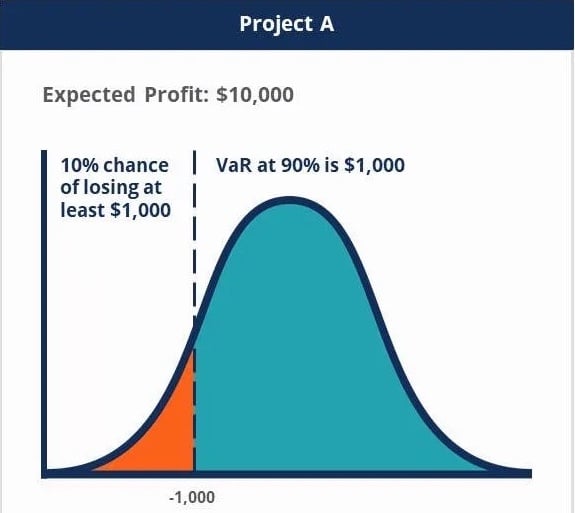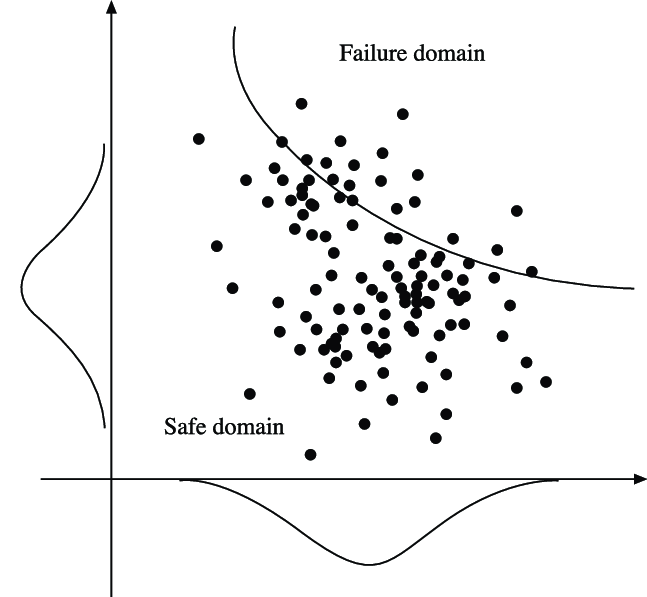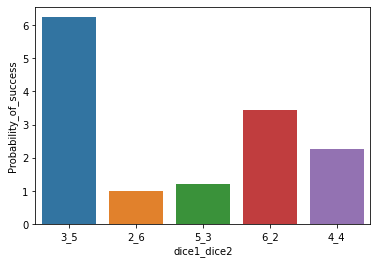Leveraging Monte Carlo simulations
Monte Carlo Simulations in Python

Izzy Weber
Curriculum Manager, DataCamp
Wide applicability
Monte Carlo simulations are used in fields such as...
- Finance and business
- Engineering
- Physical sciences
Stock price prediction

1 https://marketxls.com/monte-carlo-simulation-excel
Risk management

1 https://www.investopedia.com/articles/04/092904.asp https://corporatefinanceinstitute.com/course/modeling-risk-monte-carlo-simulation/
Binding site identification

1 https://pubs.rsc.org/en/content/articlelanding/2020/ra/d0ra01127d
Reliability analysis in engineering

1 www.researchgate.net/publication/228814883_Probabilistic_Transformation_Method_in_Reliability_Analysis
Benefits of Monte Carlo Simulations
- Take into consideration a range of values for various inputs
- Show not only what could happen, but how likely each outcome is
- Make it easy to visualize the range of possible outcomes
- Can examine what would have happened under different circumstances

Bags of biased dice
Roll two separate dice from two bags, each containing three biased dice:
bag1 = [[1, 2, 3, 6, 6, 6], [1, 2, 3, 4, 4, 6], [1, 2, 3, 3, 3, 5]]
bag2 = [[2, 2, 3, 4, 5, 6], [3, 3, 3, 4, 4, 5], [1, 1, 2, 4, 5, 5]]
Simulation:
- Pick one die from each bag randomly; roll both dice
- Success if the dice outcomes add up to eight; otherwise, failure
- We want to calculate the probability of success for each unique combination of dice
Biased dice simulation
def roll_biased_dice(n): results = {}for i in range(n): bag_index1 = random.randint(0, 2) die_index1 = random.randint(0, 5) bag_index2 = random.randint(0, 2) die_index2 = random.randint(0, 5)point1 = bag1[bag_index1][die_index1] point2 = bag2[bag_index2][die_index2]key = "%s_%s" % (point1, point2)if point1 + point2 == 8: if key not in results: results[key] = 1 else: results[key] += 1
Biased dice results
| dice1_dice2 | probability_of_success |
|---|---|
| 6_2 | 5.54 |
| 3_5 | 2.67 |
| 2_6 | 1.45 |
| 4_4 | 4 |
Biased dice results
bag1 = [[1, 2, 3, 6, 6, 6], [1, 2, 3, 4, 4, 6], [1, 2, 3, 3, 3, 5]]
bag2 = [[2, 2, 3, 4, 5, 6], [3, 3, 3, 4, 4, 5], [1, 1, 2, 4, 5, 5]]
Simulation results of 10,000 trials:

Biased dice results
bag1 = [[2, 2, 3, 4, 6, 6], [1, 2, 2, 4, 6, 6], [1, 2, 3, 3, 3, 3]]
bag2 = [[1, 2, 3, 4, 5, 6], [1, 3, 3, 4, 4, 6], [2, 2, 2, 3, 5, 5]]
Simulation results of 10,000 trials:

Limitations of Monte Carlo simulations
- Model output is only as good as model input
- Probability of extreme events is often underestimated
Let's practice!
Monte Carlo Simulations in Python

